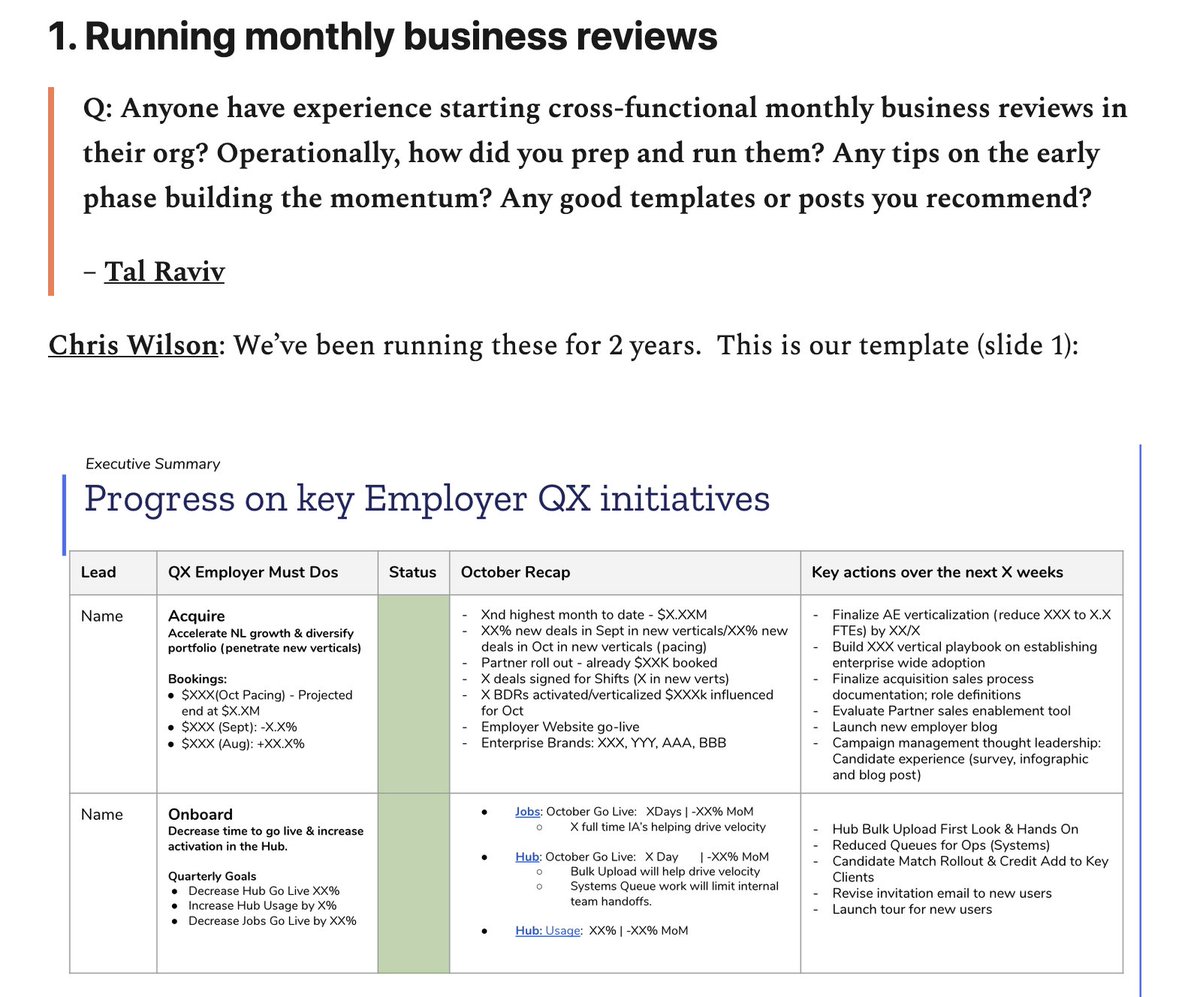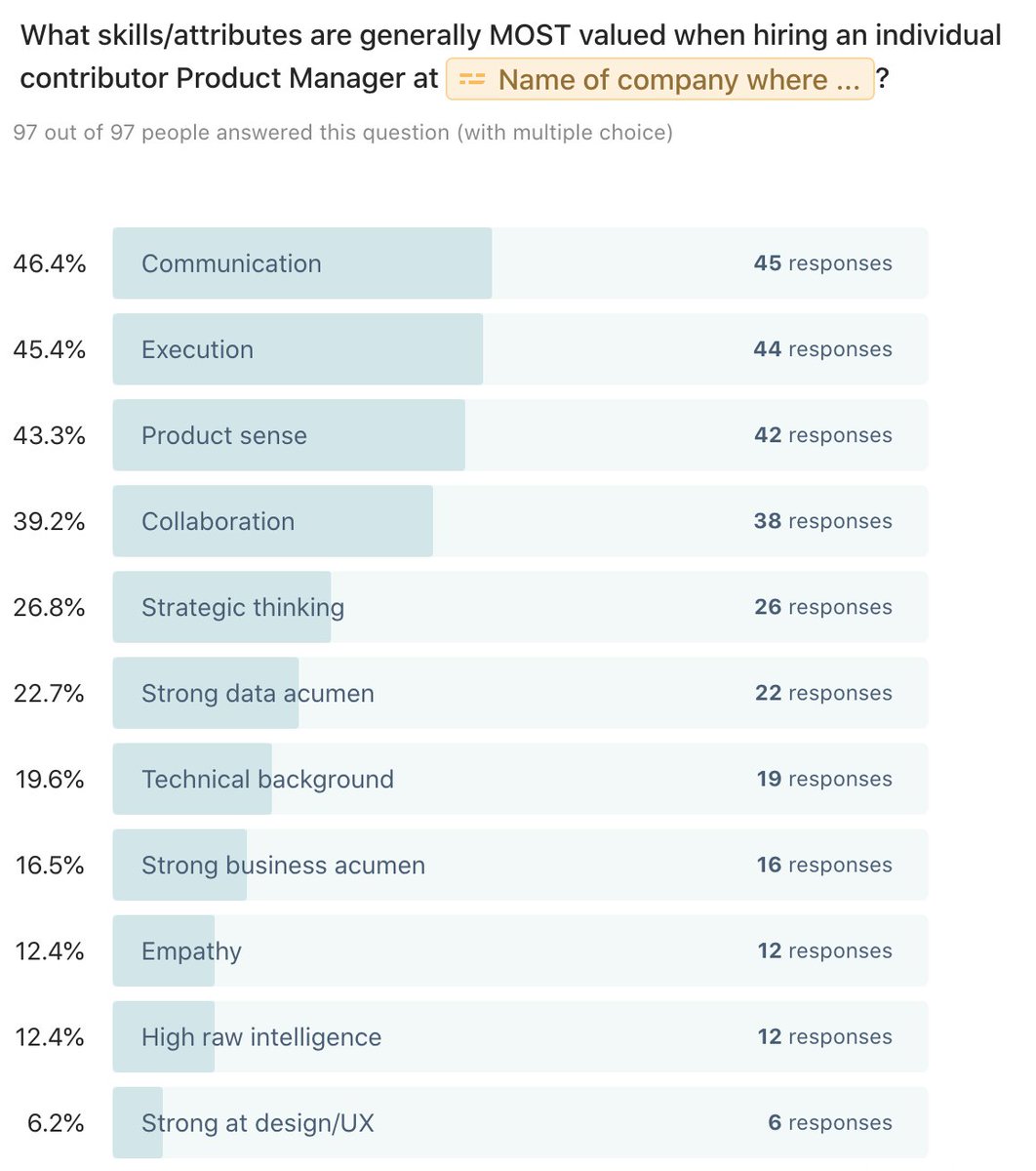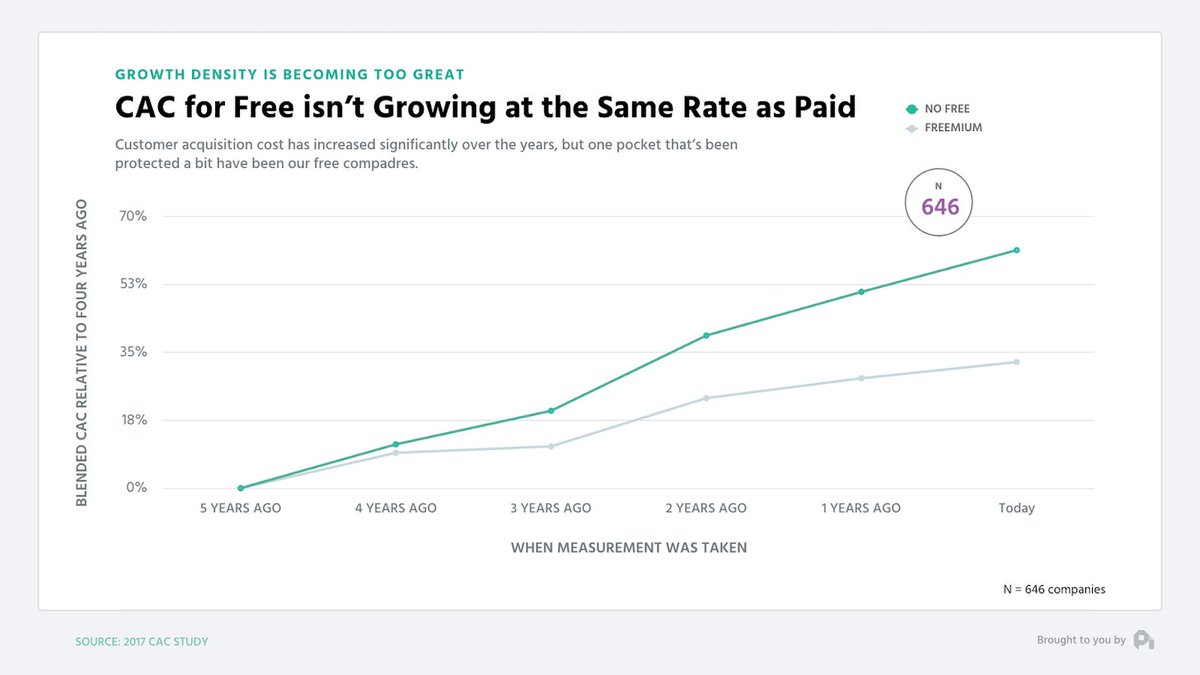
What DoorDash, Faire, Substack, Eventbrite, and Cameo have in common? They all have what I call "magical" growth loops: loops where most of your growth comes from existing users. I've collected 30+ examples of these loops in action.
A few examples below👇
lennyrachitsky.com/p/magical-grow…
A few examples below👇
lennyrachitsky.com/p/magical-grow…
1/ Context: Normally, to grow your business, YOU need to go find every new users or customer. For example, if you’re building Google, you need to go tell people about Google and convince them to use Google. Each additional Google user doesn’t directly drive more Google users. 
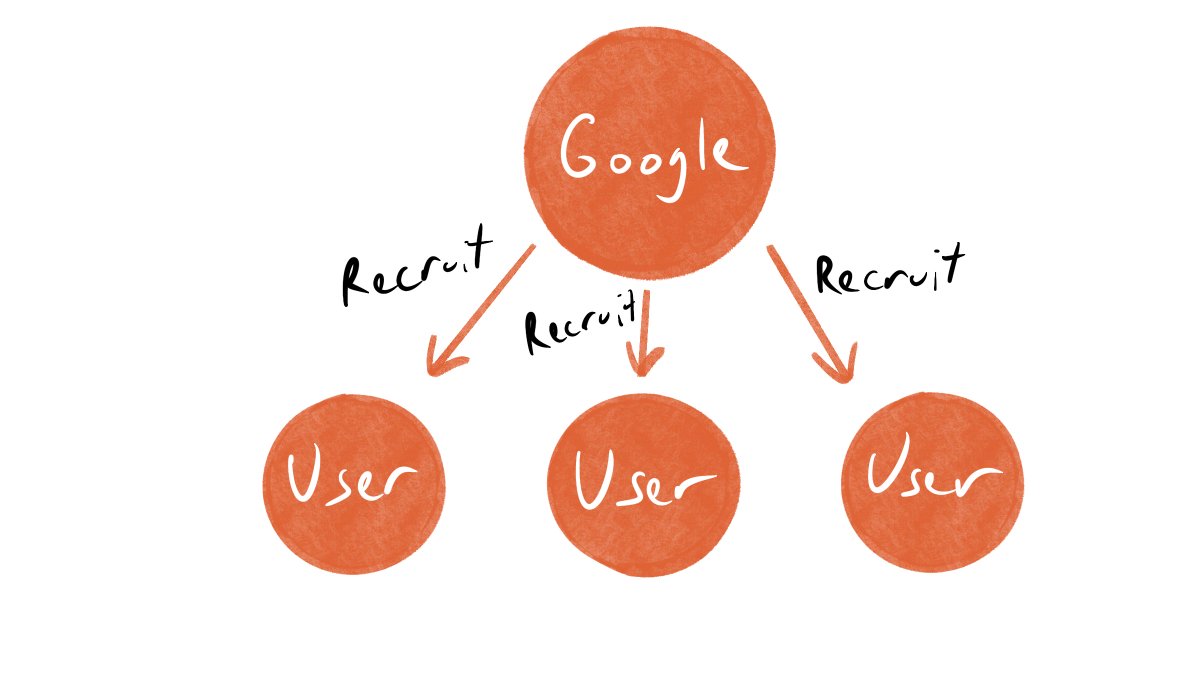
2/ However, if you’re building a product like DoorDash, Faire, Substack, Dropbox, Eventbrite, and many of the companies I cover in this post, a very cool thing can happen: your users grow your business for you. THEY recruit your new users. Magical!
3/ Here’s an example from Cameo, a marketplace where fans purchase short videos from celebrities to surprise and delight their friends. Without a magical growth loop, Cameo would have to go recruit both celebrities AND fans: 
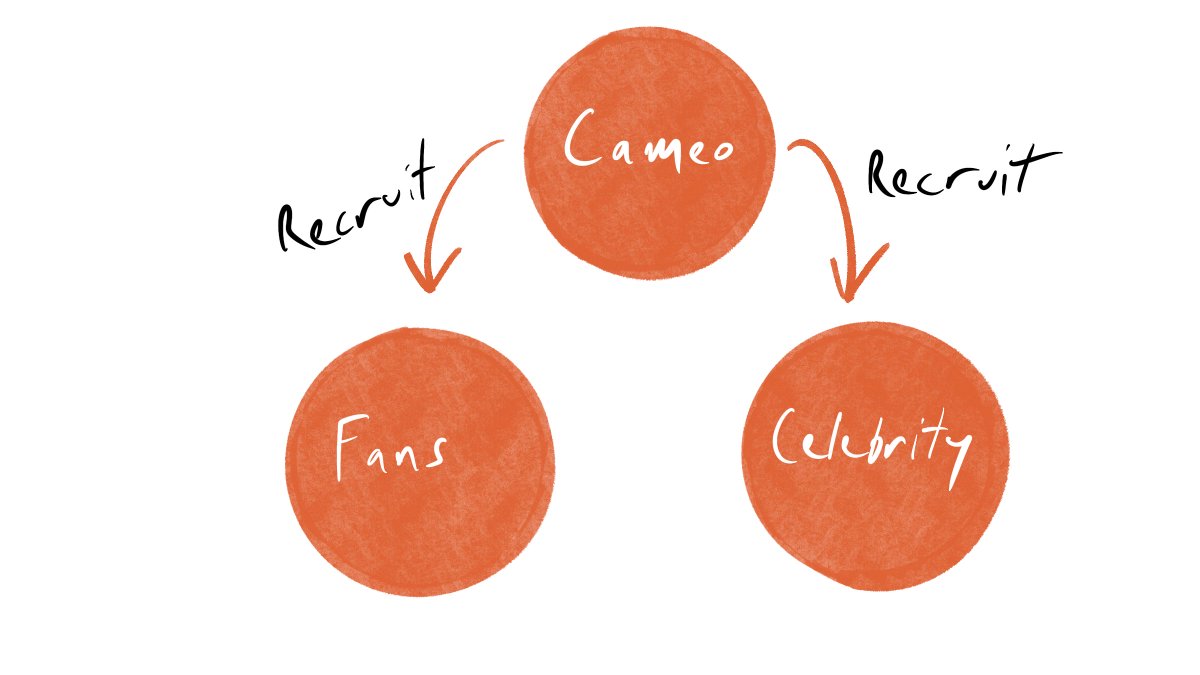
4/ Instead, Cameo found that if they recruit celebrities, the celebrities themselves bring the fans to the marketplace: 
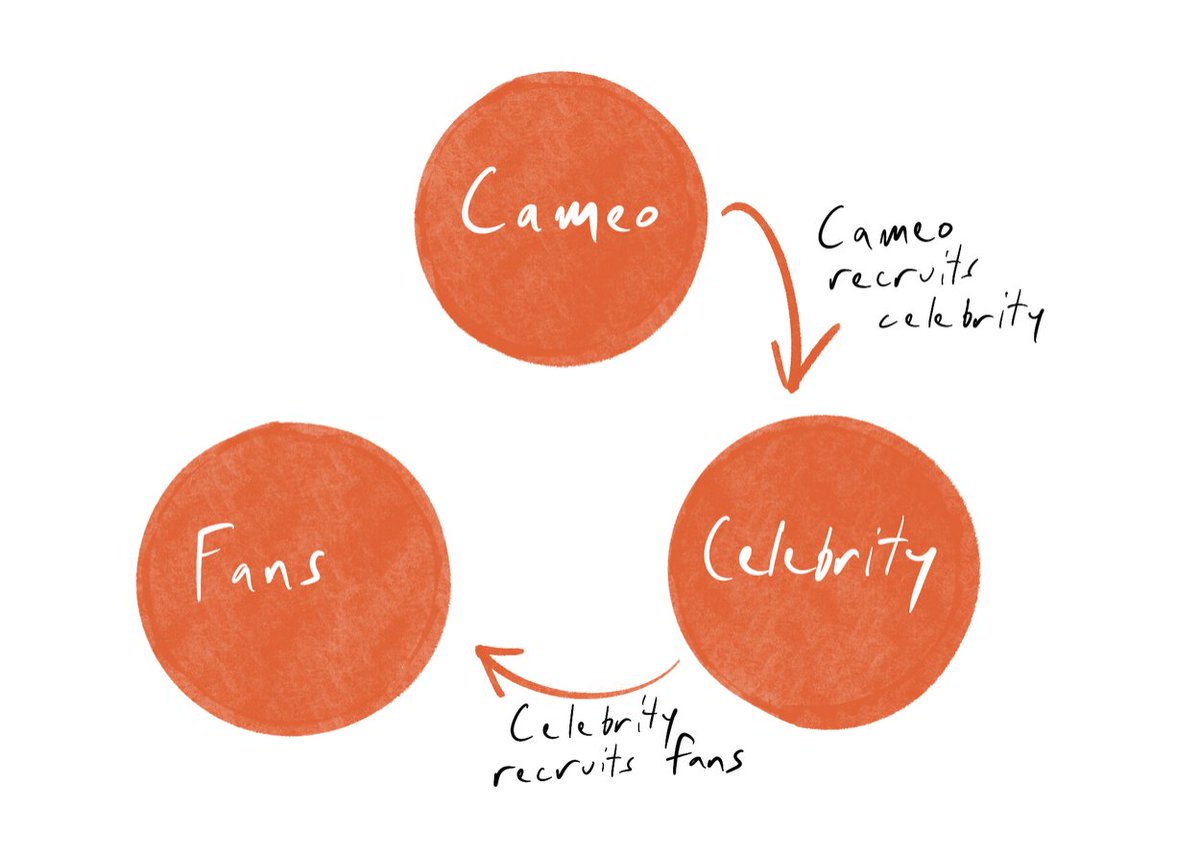
5/ This loop is present in many forms and can work across marketplaces, platforms, social apps, and SaaS.
There are four broad categories of this loop in action:
1. Supply driving demand
2. Demand driving supply
3. Demand driving demand (e.g. virality)
4. Supply driving supply
There are four broad categories of this loop in action:
1. Supply driving demand
2. Demand driving supply
3. Demand driving demand (e.g. virality)
4. Supply driving supply
6/ Type 1: Supply driving demand, e.g. @DoorDash
1. DoorDash recruits restaurant
2. The restaurant tells its customers about DoorDash so that they can order delivery from them
3. Customers signup for DoorDash
1. DoorDash recruits restaurant
2. The restaurant tells its customers about DoorDash so that they can order delivery from them
3. Customers signup for DoorDash
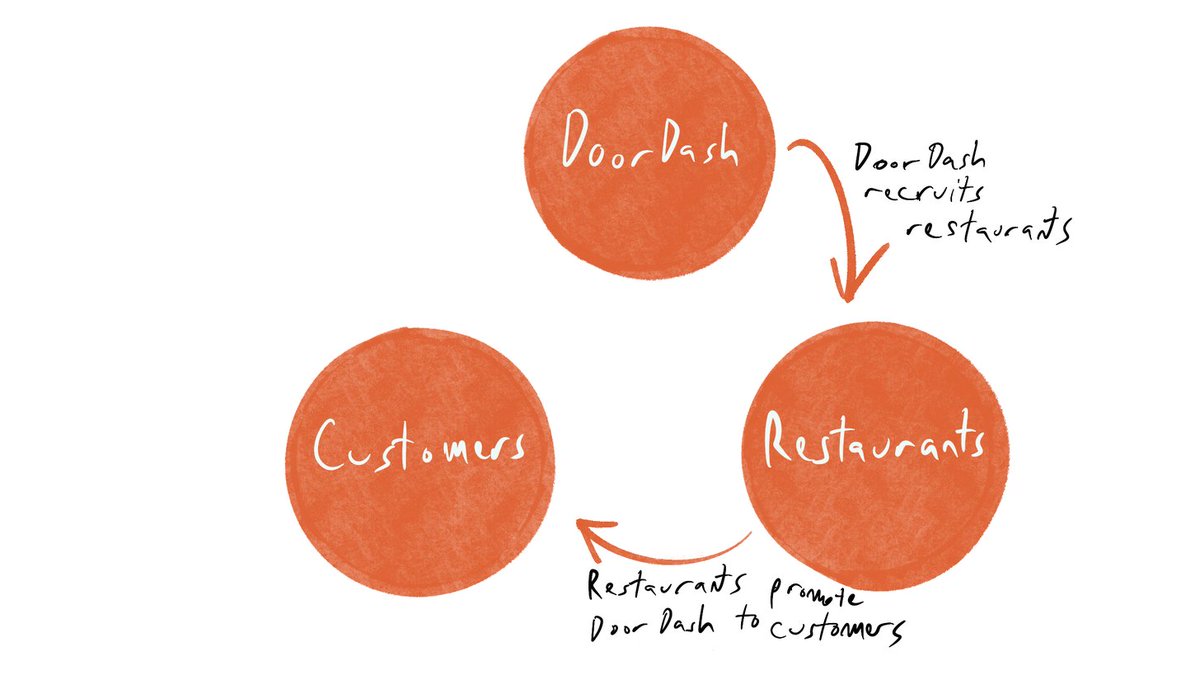
7/ Type 2: Demand driving supply, e.g. @faire_wholesale
1. Faire recruits retailer, who buys an item through Faire and has a good experience
2. Retailer encourages their other vendors to list on Faire
3. Vendors join and begin selling through Faire
1. Faire recruits retailer, who buys an item through Faire and has a good experience
2. Retailer encourages their other vendors to list on Faire
3. Vendors join and begin selling through Faire

8/ Type 3: Demand driving demand, e.g. @figmadesign
1. Figma recruits employee at a company
2. Employee sends invites to co-workers, to share designs
3. Co-workers sign up
1. Figma recruits employee at a company
2. Employee sends invites to co-workers, to share designs
3. Co-workers sign up

9/ Type 4: Supply driving supply, e.g. @typeform
1. Creator sends out a survey
2. Receiver takes survey and sees the logo/link
3. Receiver creates their own survey
1. Creator sends out a survey
2. Receiver takes survey and sees the logo/link
3. Receiver creates their own survey
10/ See the pull post with dozens of more examples.
And if you know of any other examples, let me know and I'll add them.
lennyrachitsky.com/p/magical-grow…
And if you know of any other examples, let me know and I'll add them.
lennyrachitsky.com/p/magical-grow…
that typo in the original tweet is going to bother me for weeks
• • •
Missing some Tweet in this thread? You can try to
force a refresh






